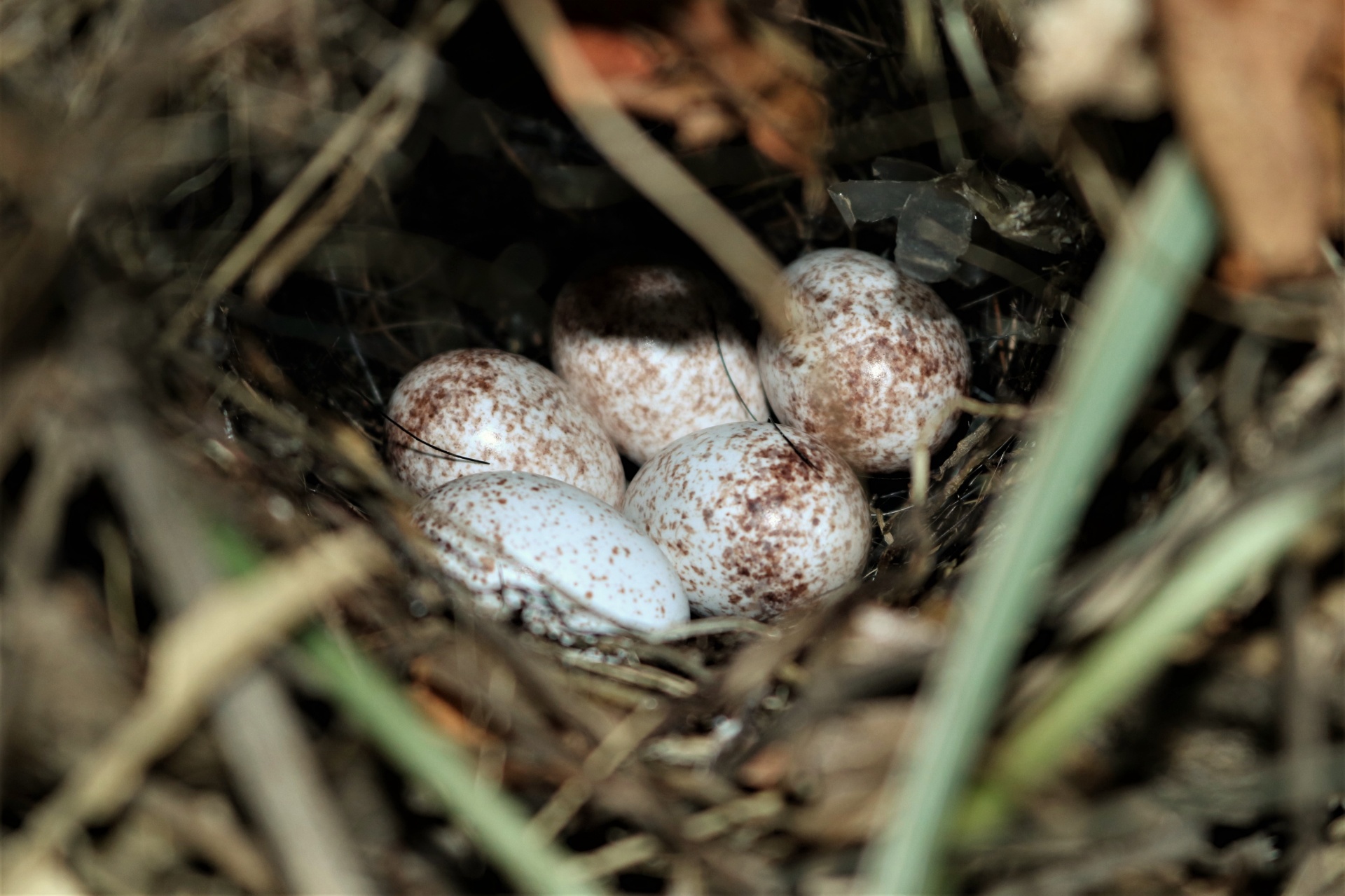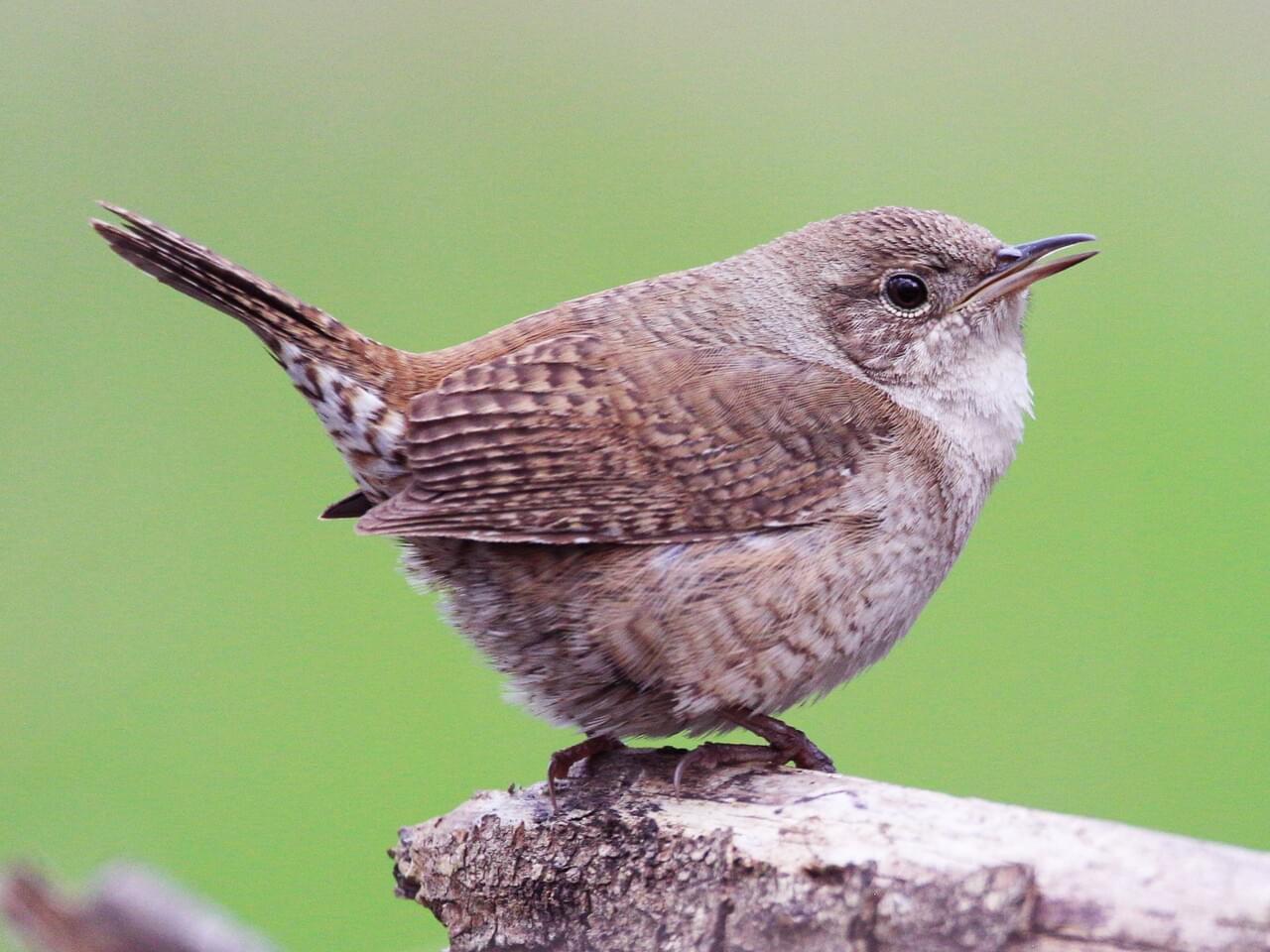Table Of Content

Once the babies hatch, both parents will feed them until they are grown and able to leave the nest. All wrens nest in cavities of trees or buildings, though some may also use the abandoned nests of other birds. So the time in which they build their nests varies according to regional differences in weather and climate. We’d prefer that the bird patiently and politely wait its turn, perhaps. Indeed, House Wrens are fiercely impatient across the board. In many cases, a male House Wren may lure a second mate to move in to a nest site on his territory while his primary mate is still incubating their clutch.
Wren guide: where to see them, what they eat and what they sound like - BBC Discover Wildlife
Wren guide: where to see them, what they eat and what they sound like.
Posted: Wed, 29 Mar 2023 07:00:00 GMT [source]
Outsized Song
The male then proceeds to claim the nesting site by building a platform made of sticks. House wren form pairs and defend a territory only during the breeding season. Pairs then split up and return to the wintering grounds, where they have a quiet and solitary life. Medium-sized brown wren with a long tail that is often held up. These wrens are common in California in dry, rocky areas. Look for them in places such as canyons, cliffs, boulder piles, and any rocky outcrop.
Feeding Habits - What do House Wrens Eat
Plus, learn the differences between a house wren and a Carolina wren, and between wrens and sparrows. House Wren’s song is a vibrant and energetic chattering made up of many churrs and chatters. Both sexes sing, although females sing to answer their mates and include high-pitched squeals. Mated males sing a whispering song that is only sung during copulation. House Wrens call with different rattles, churrs, chatters, and scolds.
#7. Cactus Wren
They have a short tail, thin bill, and dark barring on their wings and tail. There are numerous species and subspecies of wren, and they build their nests in different ways and places. The house wren, for example, builds its nest in hollows of houses, barns, and other buildings, including nesting boxes you may set up in your yard. This species is the most common wren in North America, present throughout most of the continent during summer.
What wrens have you seen before in California?
Cactus Wrens in the desert prefer dense stands of Joshua Trees or saguaros, while on the coastal slope, Cactus Wrens prefer dry hills dotted with prickly pear and cholla cacti. Males and females build a cup-shaped nest with grasses, rootlets, and leaves inside a hole in a tree or on a protected ledge. Pacific Wrens are most commonly found in coniferous forests, especially those with fir and spruce trees. These wrens are tiny with dark brown, barred upperparts and a light brown eyebrow.
House Wren’s habitats change slightly depending on the time of the year. In summer, they prefer semi-open areas with scattered trees and grass, such as open woodlands, orchards, streamside groves, woodlots, yards, and other similar places. Their upper side is usually darker and the underside lighter. The birds can have fine barring on their heads, back, wings, flanks, and underside, but the specifics differ from subspecies to subspecies.
Food
Most wren eggs come in various shades of brown with darker dots or splotches. Some are white or beige with splotches, some are a light sky blue with splotches, while still others are pure white with only a scattered number of brown dots. Wrens typically have two broods per season, with the nesting season usually occurring between March and July depending on region.
Many wrens usually raise two broods, which takes them all the way through to July and August. Wrens have a long breeding season compared to many birds. Nests are chosen in a huge variety of small cavities, but House wrens prefer pre-formed cavities in trees. Bewick’s Wren populations have declined through the years, and one of the main reasons is increased numbers of House Wrens. Unfortunately, when competition arises, it’s the House Wren that typically wins, as they are known to destroy nests and eggs. Canyon Wrens are stocky brown birds with white throats and lighter barred tails.
Consider putting up a nest box to attract a breeding pair. Attach a guard to keep predators from raiding eggs and young. Find out more about nest boxes on All About Birdhouses, where you'll find plans for building a nest box of the appropriate size for House Wren. House wrens in North America typically attempt two broods every breeding season. The clutch size for the first brood early in the nesting season ranges between 4 to 7 eggs. Breeding house wrens typically reuse the same nest when they attempt a second brood.

There are 11 species of wrens spotted in North America, and of these, nine have been found in California. Eight of those in California are classed as regularly occurring, and one is accidental. They are year-round residents in South America, the southern half of Central America, and in some parts of northern Central America.
House wrens are cavity nesters and will nest in virtually any small cavity ranging from a coat pocket to an old woodpecker nest. The cavity only needs to be around 10cm x 10cm x 10cm in size - these are exceptionally small birds. House wrens can also use crevices at buildings and are creative in finding structures for a nesting site.
Before you move that bird’s nest, check the law - The Picayune
Before you move that bird’s nest, check the law.
Posted: Thu, 16 May 2019 07:00:00 GMT [source]
Studies in Wyoming, New York, and Ohio indicate first eggs are laid in mid-May, whereas in southern California, some eggs appear in April in warm lowland areas. First eggs are laid as early April in warmer parts of the US and Mexico or as late as May at northern latitudes. House wren nests are small, measuring as little as 10 x 10 x 10cm, with an internal volume of 1000cm2. Larger nests double that size have been reported, but some are smaller, measuring just 800cm2 or so.
Like most species of wrens, they eat insects, arthropods, and spiders. To find their prey, they mainly forage on the ground and along stream banks. Look for them hopping on logs and exposed roots as they are checking crevices and beneath bark for food. Canyon Wrens are rusty brown birds with black barring that have a long tail and bill. To confirm their presence, look for their bright white throat and upper chest. If one of these wrens does show up, it will be in winter when insects are not around.
Because house wrens are cavity nesters, it is difficult to assess the nest shape. Development has threatened the population in parts of the Big Tujunga Wash. The creation of Angeles National Golf Club in 2004 destroyed much habitat on the east side of the wash that was previously occupied by at least five pairs of Cactus Wrens. The last sighting of a Cactus Wren in this area was north of the golf course on November 12, 2017. The Cactus Wren is appropriately named because this large wren depends on cacti for nesting and foraging. There are two main populations of the Cactus Wren—desert and coastal.
The pale eyebrow that is characteristic of so many wren species is much fainter in House Wrens. If you are watching a family of wrens that moved into one of your nesting boxes, you can expect to start hearing babies chirping in about 12 to 15 days. Wren eggs can be various colors depending on the type of wren that laid them. The house wren, as noted above, may be white with reddish brown splotches or more brownish with darker brown splotches. Nests in tree cavities and birdhouses, where it is a strong competitor for nest sites and may evict larger birds to claim the spot for its own. They love spiders, crickets, mealworms, and even catch flying insects.

No comments:
Post a Comment